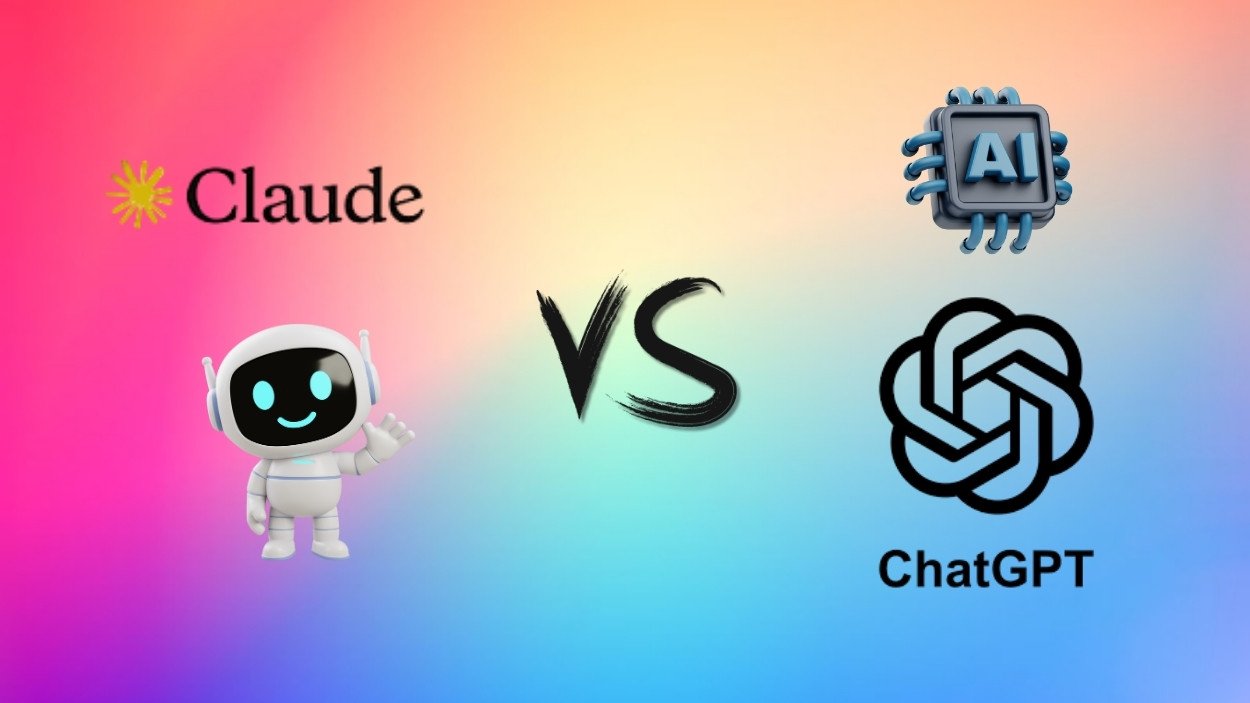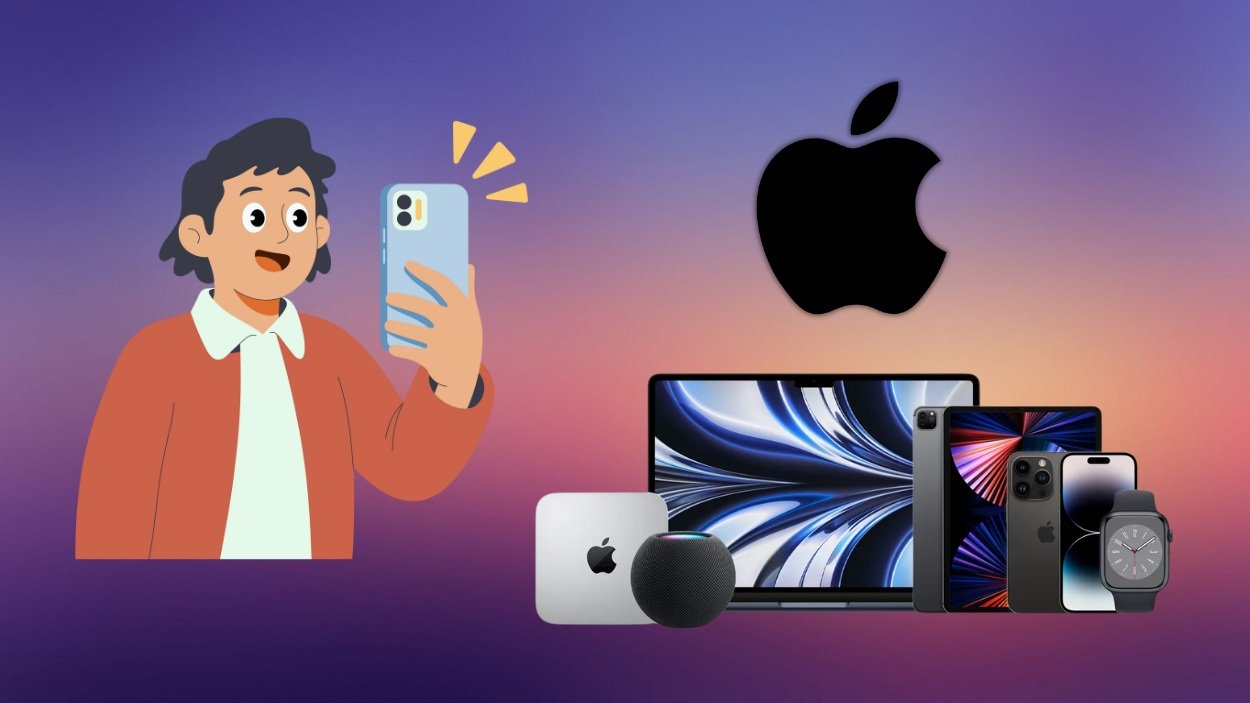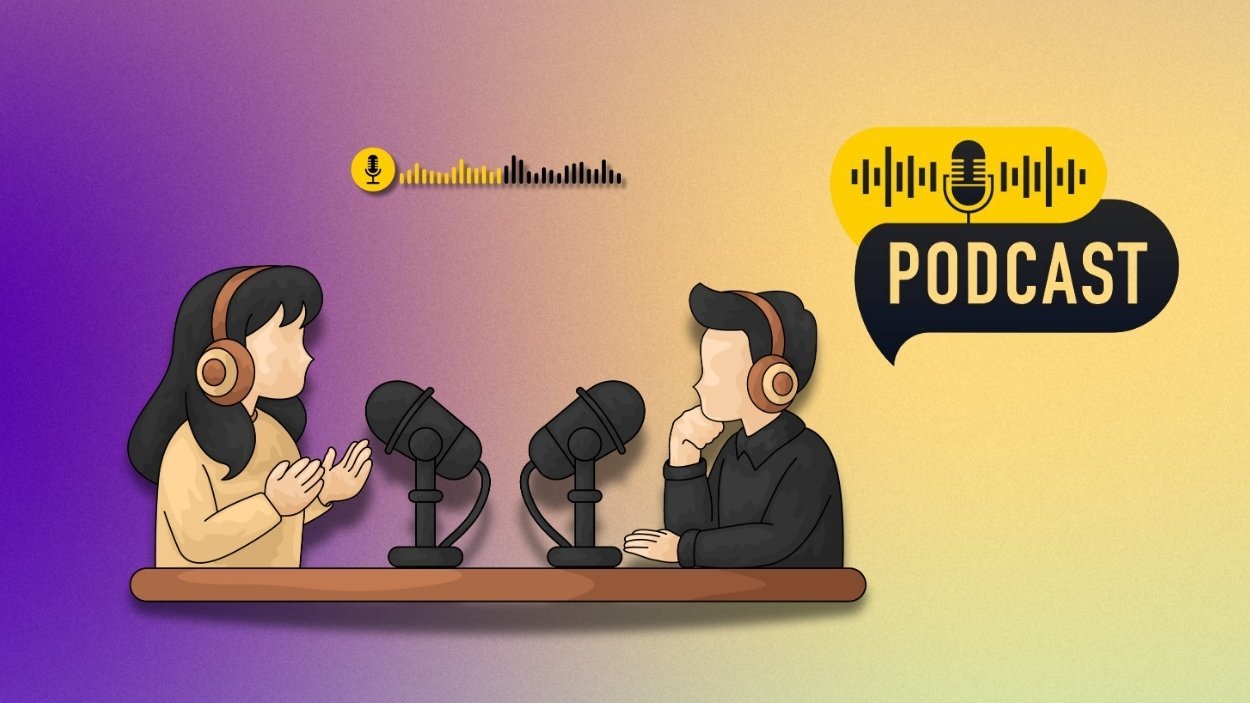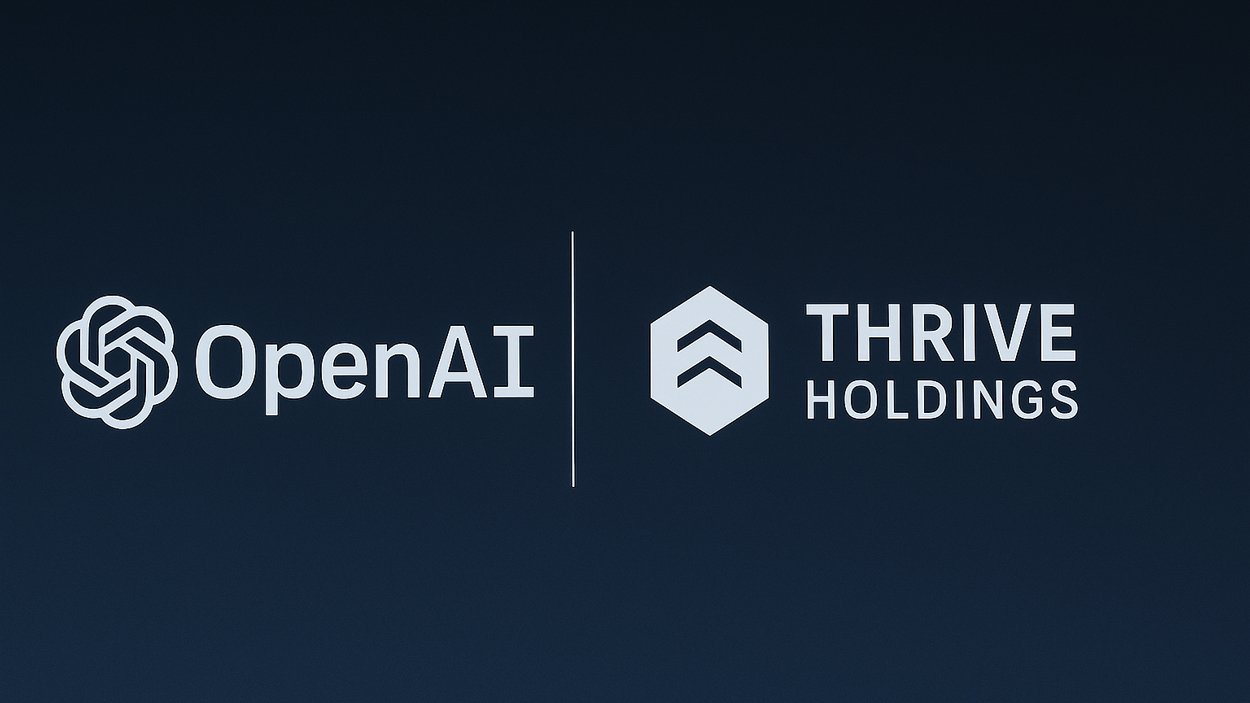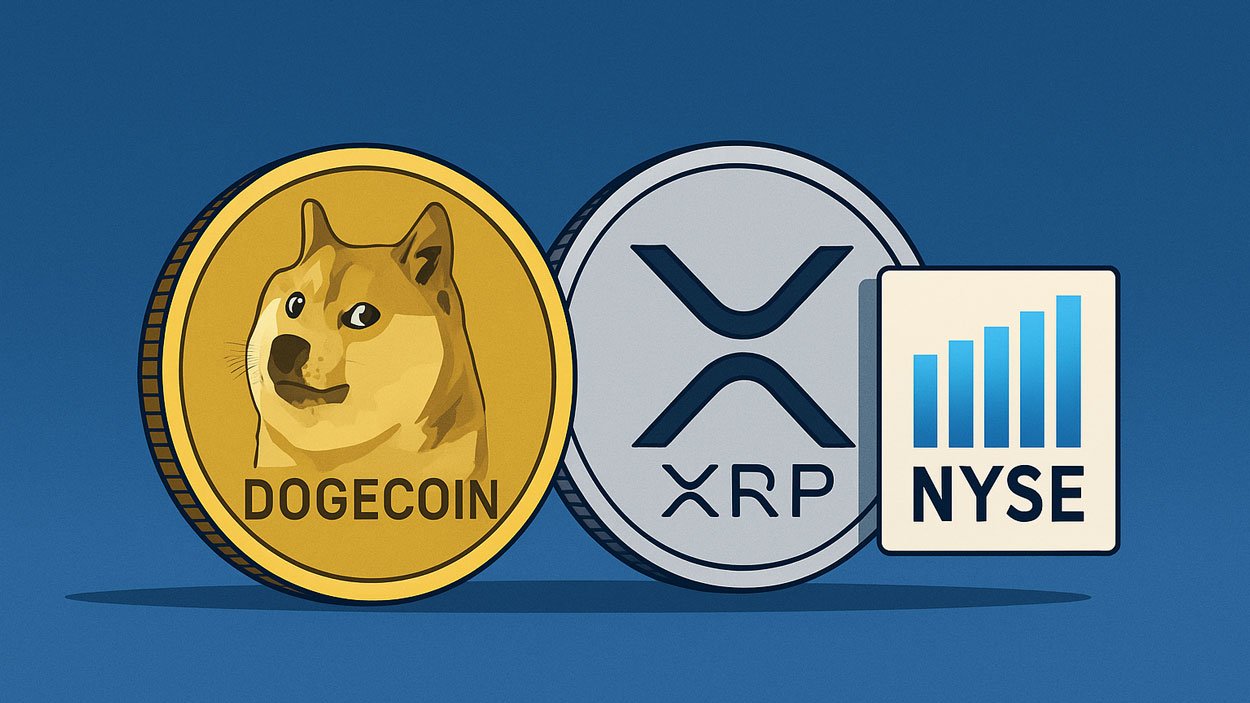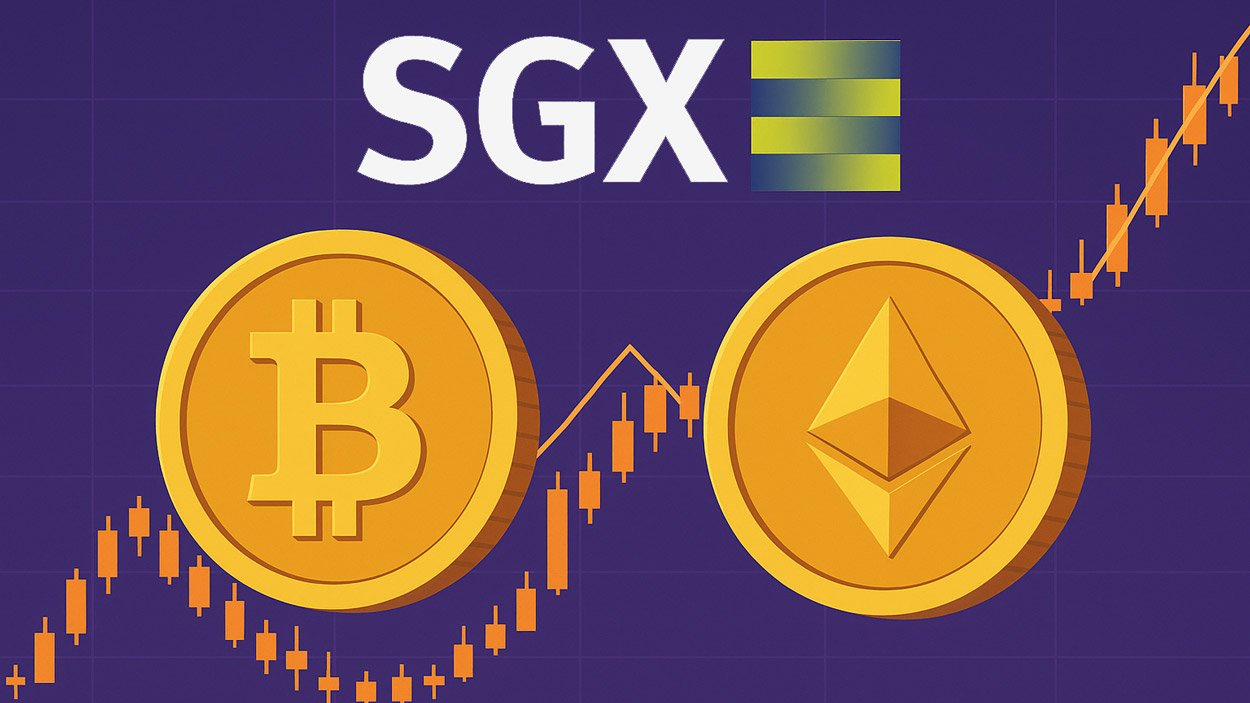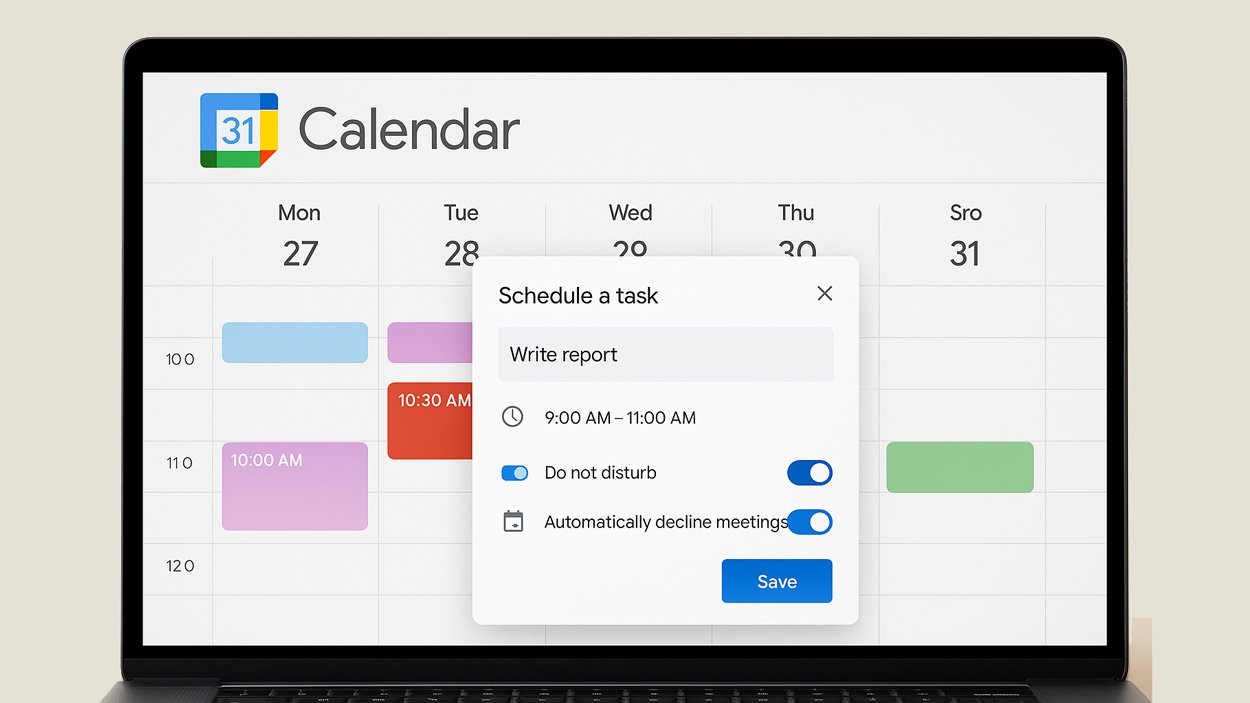Generation Alpha, those born approximately from 2010 onward, are growing up entirely in a digital age, and their social media habits reflect that shift. These young users already shape content trends, digital marketing strategies, and family technology norms. For instance, media brands increasingly tailor short‑form video to Pre‑teens, and advertisers now monitor the rising sway of young content creators in influencing household purchases. In this article, we examine key statistics about Gen Alpha’s social media use and invite readers to explore deeper insights in the full piece.
Editor’s Choice
- Current trends suggest Gen Alpha’s social media adoption could approach 40% by 2029, though this projection may vary by region and regulatory shifts.
- 64% of kids aged 8 to 12 use both YouTube and TikTok daily.
- More than 30% of Gen Alpha watch YouTube or YouTube Shorts for over two hours per day.
- 39% of Gen Alpha report spending at least three hours a day looking at screens, 24% report seven or more hours on smartphones.
- YouTube leads as the most used platform among 8 to 12-year-olds in 2025, and TikTok holds the second place in engagement growth.
- Gen Alpha’s mobile-first behaviour dominates; shared family devices, tablets, and smartphones far outweigh desktops.
- Only 5% of Gen Alpha respondents ranked social media as the most important part of their lives in one 2024 study.
Recent Developments
- Parents are now 17 percentage points less likely to describe Gen Alpha’s internet usage as “heavy” in Q1 2025 vs 2021.
- Studies show Gen Alpha favour interactive video formats and gamified social content rather than traditional posting.
- Shared family devices remain common; among kids ages 0 to 8, about 51% reportedly have their own tablet or phone.
- In 2024, Gen Alpha’s time spent gaming jumped by 65% for some age groups (under 9) from 2020 to 2024.
- Platform providers increasingly expect Gen Alpha to enter their teens with more autonomy, and so marketing strategies are shifting accordingly.
- Studies published in 2025 highlight the link between Gen Alpha’s social media use and the development of digital identity and self-expression.
- Regulators and parents are more vocal about digital oversight as the cohort’s exposure grows earlier and deeper.
Parental Perceptions of Children vs. Past Generations
- Mental health is the only area viewed negatively: 37% worse off, 34% better off.
- Physical health shows a slight gain: 36% better off, 33% worse off.
- Communication/socialization is seen positively: 44% better off, 32% worse off.
- Workforce skills improved according to 45%, while 27% say it’s worse.
- Happiness levels are better for 45%, worse for only 23%.
- Financial success outlook is optimistic: 46% better off, 21% worse off.
- Education/schooling is rated highly: 55% better off, 20% worse off.
- Creativity/innovation leads to improvements: 57% better off, just 18% worse off.

Gen Alpha Social Media Adoption Rates
- 15.9% of Gen Alpha are active social network users in 2025 (U.S.).
- While 63.8% of children under 13 have accounts, they may not use them regularly.
- Projected adoption will reach 40% by 2029.
- Among ages 11 to 15, 69.5% have social media accounts.
- In a UK sample, 38% of 5 to 7-year-olds use social apps, up 8 percentage points in one year.
- Gen Alpha (ages 8–12) spends 4 hours 44 minutes daily on all screens, but only 23% spend 3–6 hours specifically on social media.
- For ages 8 to 12, an estimated 64% use YouTube and TikTok daily.
- Uptake remains low in very young children (ages 0 to 4), but growth is steady.
Most Popular Social Media Platforms
- Global monthly active user counts in 2025: Facebook about 2.96 billion, YouTube about 2.49 billion, TikTok about 1.92 billion.
- For Gen Alpha (8 to 12 years), YouTube leads, TikTok is second, and Roblox functions as a combined game and social venue.
- In one dataset, 60% of Gen Alpha say they use YouTube.
- 44% of Gen Alpha reportedly use TikTok.
- Messaging apps like WhatsApp and Snap show growing early adoption.
- Snapchat remains limited among under-13s due to age restrictions; Instagram ranks lower.
- Growth in platforms built for “play + social” (like Roblox) shows a blurring of social media and gaming.
Gen Alpha Racial and Ethnic Composition
- White alone makes up the largest share at 71%.
- Hispanic children represent 26%, the second-largest group.
- Black alone account for 15% of the generation.
- Two or more races make up 7% of Gen Alpha.
- Asian children comprise 6% of the population.
- Other ethnicities represent only 1% of the total.

Mobile vs. Desktop Usage Among Gen Alpha
- Mobile devices dominate for Gen Alpha; they grow up with smartphones and tablets rather than desktops.
- One report shows a global ratio of about 79% mobile vs about 21% desktop.
- Among U.S. children ages 8 to 12, more than 80% report using a tablet or smartphone daily for social or video content.
- Shared device use is common; many Gen Alpha users access social media on family devices with parental monitoring.
- Desktop usage among Gen Alpha is shrinking, and social and promotional content increasingly assumes mobile access.
- Given mobile dominance, Gen Alpha is treated as a mobile-first audience, not desktop-centric.
- Mobile convenience allows frequent, short-session social media use across the day.
Platform Preferences & Usage Patterns
- For Gen Alpha children (ages 8 to 12), YouTube ranks as the most used platform, followed by TikTok.
- In a U.S.-UK sampling, about 64% of kids aged 8 to 12 used YouTube and TikTok daily.
- Among the oldest Gen Alpha (11 to 14), about 48% discover new products via influencers or online personalities.
- Messaging and game social hybrids (for example, Roblox) blur the lines between social media and gaming.
- Usage patterns show frequent short sessions across the day instead of one long session.
- Platform switching is high among Gen Alpha; they jump between video, games, and chat rapidly.
- Parental controls affect usage; many children use supervised accounts or watch without posting.
- Weekend usage is higher, showing significant jumps in engagement.
Types of Content Favored by Gen Alpha
- Over 30% of kids aged 8 to 12 watch YouTube or YouTube Shorts for more than two hours per day.
- Around 68% of Gen Alpha “watch rather than post” due to age and privacy concerns.
- Approximately 40% of Gen Alpha engage with gaming content and livestreams.
- Unboxing, product reviews, and influencer-led videos have engagement rates exceeding 50%.
- AR filters, interactive quizzes, and in-app games see participation from over 55% of Gen Alpha.
- YouTube remains the most popular platform, with 81% of Gen Alpha watching monthly.
- Gen Alpha content consumption favors interactivity, with 70% enjoying gamified and interactive formats.
- Educational and entertainment videos rank within the top preferences for Gen Alpha content.
- Short-form vertical videos under three minutes attract higher view rates among Gen Alpha.
- Less than 10% of Gen Alpha shows interest in long-form text-based content.

Parental Controls and Monitoring
- A 2025 study shows wide variation across households in parental control usage.
- About 91% of Gen Alpha parents use location-sharing apps, reflecting broader monitoring habits.
- 61% of parental concerns relate to online safety for children under 10, dropping to 49% for ages 11 to 14.
- Some platforms offer supervised accounts or dashboards for users under 13.
- Many sideloaded or non-store parental apps lack strong privacy protections.
- Over 80% of parents say Gen Alpha children use 7–8 hours of total device time daily, but for ages 8–12, the verified screen time average is 4 hours 44 minutes/day.
- Schools and families increasingly impose structured device limits.
- Parent-child communication about safety remains essential.
- Platforms must consider both child users and caregivers in feature design.
Role of Influencers & Content Creators
- About 49% of Gen Alpha say they trust influencers’ recommendations as much as family or friends.
- Over 55% say they want to buy products shown by their favourite creators.
- About 61% of Gen Alpha in one sample say creators influence ideas and preferences.
- 72% of brands see higher engagement when using kid-friendly creators or micro-influencers with Gen Alpha.
- Influencer-driven “pester power” influences over 60% of household purchase decisions involving Gen Alpha.
- Interactive formats like challenges and live polls boost influencer engagement by 40% among Gen Alpha.
- 75% of creators on parent-managed accounts report clearer collaboration guidelines and transparency.
- Recent policy shifts have led to a 25% decrease in inappropriate kid content from influencers under age 13.
- 68% of Gen Alpha reject and distrust obvious advertising, valuing authenticity highly.
- Kid influencers increase brand trust by 50% compared to traditional celebrity endorsements among young audiences.
- Micro-influencers with under 100K followers show 30% higher follower engagement rates.
- 55% of parents prefer content collaborations that match their values and promote safe, transparent messaging.
- Authentic influencer content is 3x more effective at driving Gen Alpha purchases than scripted ads.

Creative Expression and Collaborative Learning
- 38% of Gen Alpha gamers prefer video games that allow creative building or designing.
- Children aged 8 to 12 spend an average of 84 minutes daily on YouTube for learning and entertainment.
- About 27% of Gen Alpha say they watch the same media content as their siblings.
- Over 60% of Gen Alpha use digital collaboration tools like shared editing and in-game chat.
- 51% of children aged 12-15 played Roblox in the past month, a popular platform for social and collaborative play.
- Gen Alpha learners show 80% higher engagement with “learn by doing” and “play to learn” formats.
- Approximately 67% of students use digital devices for creativity and learning in classrooms globally.
- Co-creation formats by educators and brands increase Gen Alpha engagement by about 40%.
- Gen Alpha seamlessly blends creativity, socializing, and learning, with more than 50% participating in combined activities online.
- Games and interactive digital tools are used daily by over 70% of Gen Alpha for collaborative learning.
Social Media and Gaming Integration
- Social media and gaming intersect heavily for Gen Alpha; platforms like Roblox act as social hubs.
- By age 4, nearly 60% of children have access to tablets or smartphones, with some reports showing tablet use beginning as early as age 2.
- Weekend content consumption jumps by 70% for Gen Alpha.
- Gaming’s real-time interactions appeal more than traditional static social posts.
- In-game chat, creator tools, and social features matter more in engagement.
- Brands now merge gaming environments with social campaigns to reach Gen Alpha.
- Hybrid environments require stronger safety and moderation controls.
- Blended gameplay and storytelling formats perform well for this audience.
Gen Alpha Daily Social Media Use by Age
- All Gen Alpha: 44% don’t use social media, 15% use <1 hour, 7% spend >4 hours daily.
- Ages 0–2: 48% are non-users, 16% use <1 hour, 13% spend >4 hours daily.
- Ages 3–5: 54% don’t use social media, 16% use <1 hour, 5% spend >4 hours daily.
- Ages 6–8: 43% are non-users, 15% use ~2 hours, 6% spend >4 hours daily.
- Ages 9–11: 28% are non-users, 16% use ~2 hours, 9% spend >4 hours daily.

Visual vs. Text-Based Content Preferences
- About 91% of Gen Alpha prefer visual content over text-only formats.
- Academic research confirms that Gen Alpha responds more readily to visual stimuli.
- In 2024, Gen Alpha logged about 84 minutes per day on video platforms.
- Audio content increased by 10% compared to 2022.
- Gen Alpha expects short-form, visual content; static content underperforms.
- Educational materials increasingly rely on video and gamified formats.
- Text-heavy blogs or long articles appeal less to Gen Alpha.
- Brands must emphasize interactive visuals and minimal text.
Age Groups and Social Media Engagement
- Ages 8 to 12 show about 64% using YouTube and TikTok daily.
- Ages 15 to 16 show about 29% using social media 1 to 2 hours, 28% using 3 to 4 hours, and 27% using more than 4 hours.
- Younger Gen Alpha (under 9) saw a 65% increase in gaming time between 2020 and 2024.
- Breakdown in 2025, ages 0 to 4 about 25%, ages 5 to 9 about 30%, ages 10 to 14 about 35%, and around 10% at age 15.
- Younger children prefer visual learning and games, and early teens shift to influencers and social platforms.
- Weekend engagement is higher for older Gen Alpha.
- Posting activity increases as Gen Alpha ages, shifting from consumption to creation.
What Gen Alpha Values Most in Life
- 71% of Gen Alpha rank Family as the most important part of their lives.
- 43% say Friends are a top priority in daily life.
- 31% consider Happiness as one of the most important life values.
- 19% value their Health above most other factors.
- 17% place importance on School and Education.
- 16% view Gaming as a key part of what matters most to them.
- 15% say Money is among the most important things in life.
- 13% prioritize their Phone as an essential part of their world.
- 12% value Food and Drink highly.
- 10% rate Music as one of life’s most meaningful elements.
- 8% say iPad/Tablet devices are very important to them.
- 7% each prioritize Sport and The Environment.
- 6% say TV holds personal importance.
- Only 5% of Gen Alpha consider Social Media very important.
- Just 2% of children value Fame as a top life goal.

Regional Variations in Platform Popularity
- The Gen Alpha population is about 2 billion globally in 2025.
- 48% of Gen Alpha live in the Asia Pacific.
- Africa shows the fastest Gen Alpha growth.
- Western markets favor YouTube and TikTok; emerging markets lean toward gaming hybrids.
- Connectivity gaps influence platform choice regionally.
- Around 71% of U.S., UK parents use location-sharing tech for children.
- Regulations and privacy laws shape regional access.
- Strategies must be localized to regional behaviours and infrastructure.
Trust, Authenticity & Brand Expectations
- About 49% of Gen Alpha trust influencers as much as friends and family.
- About 23% say creators influence buying decisions.
- There is an 11% increase in teens citing social media as a primary brand discovery channel.
- Authenticity and transparency are essential to Gen Alpha’s trust.
- They expect brands to align with values like sustainability and safety.
- Social discovery beats traditional advertising among Gen Alpha.
- Consistency and honest messaging are essential for loyalty.
Effects of Social Media on Gen Alpha’s Development
- Early access affects development; 40% had a tablet by age 2, 58% by age 4.
- Mental, emotional, or developmental problems rose from 13% to 16% among children ages 3 to 5.
- About 30%+ of Gen Alpha spend more than two hours per day on YouTube or YouTube Shorts.
- Early adolescent social media use is linked to poorer sleep, more anxiety, and less physical activity.
- Social platforms also support creativity and learning.
- Early exposure creates both opportunities and risks.
- Balanced routines with device-free zones are recommended.
- Long-term developmental outcomes are still uncertain.
Safety, Privacy, and Ethical Considerations
- 85% of Gen Alpha parents demand full transparency on digital privacy and data use for their children.
- Gen Alpha spends an average of 6+ hours daily on digital platforms, often evading traditional safety moderation.
- Around 81% of parents use at least some form of parental control on devices used by Gen Alpha children.
- AI algorithms show up to a 30% bias rate in content exposure affecting minors, especially by gender and ethnicity.
- An estimated 11–15% of children have made accidental in-app purchases, raising concerns about app store safeguards and parental controls.
- Gen Alpha averages 9 hours daily screen time, linked to attention and sleep disturbances flagged by health experts.
- Only about 15% of schools provide comprehensive digital citizenship education aligned with Gen Alpha’s tech use.
- Regulatory updates lag behind Gen Alpha’s tech adoption by 3 to 5 years on average across major platforms.
- 54% of parents feel their kids are safe online despite the underutilization of advanced parental controls.
- Safe, transparent, and age-appropriate design is considered essential by over 90% of digital safety experts today.
Frequently Asked Questions (FAQs)
15.9%.
~64%.
~70%.
~40%.
Conclusion
As we wrap up this deep dive into Gen Alpha’s social media behaviour, several themes stand out. This generation is mobile first, visually oriented, and immersed in short-form, interactive content. Their platform habits vary by age, region, and access but trend toward consumption rather than creation, for now. Brands, educators, and policy makers face a crucial window; Gen Alpha’s expectations for authenticity, safety, and meaningful engagement are set early.
From creative expression to household influence, their impact is already measurable. The next steps must focus on harnessing potential while safeguarding development, privacy, and well-being. Readers can explore the full article for detailed stats, analysis, and actionable insights tailored to this dynamic cohort.






